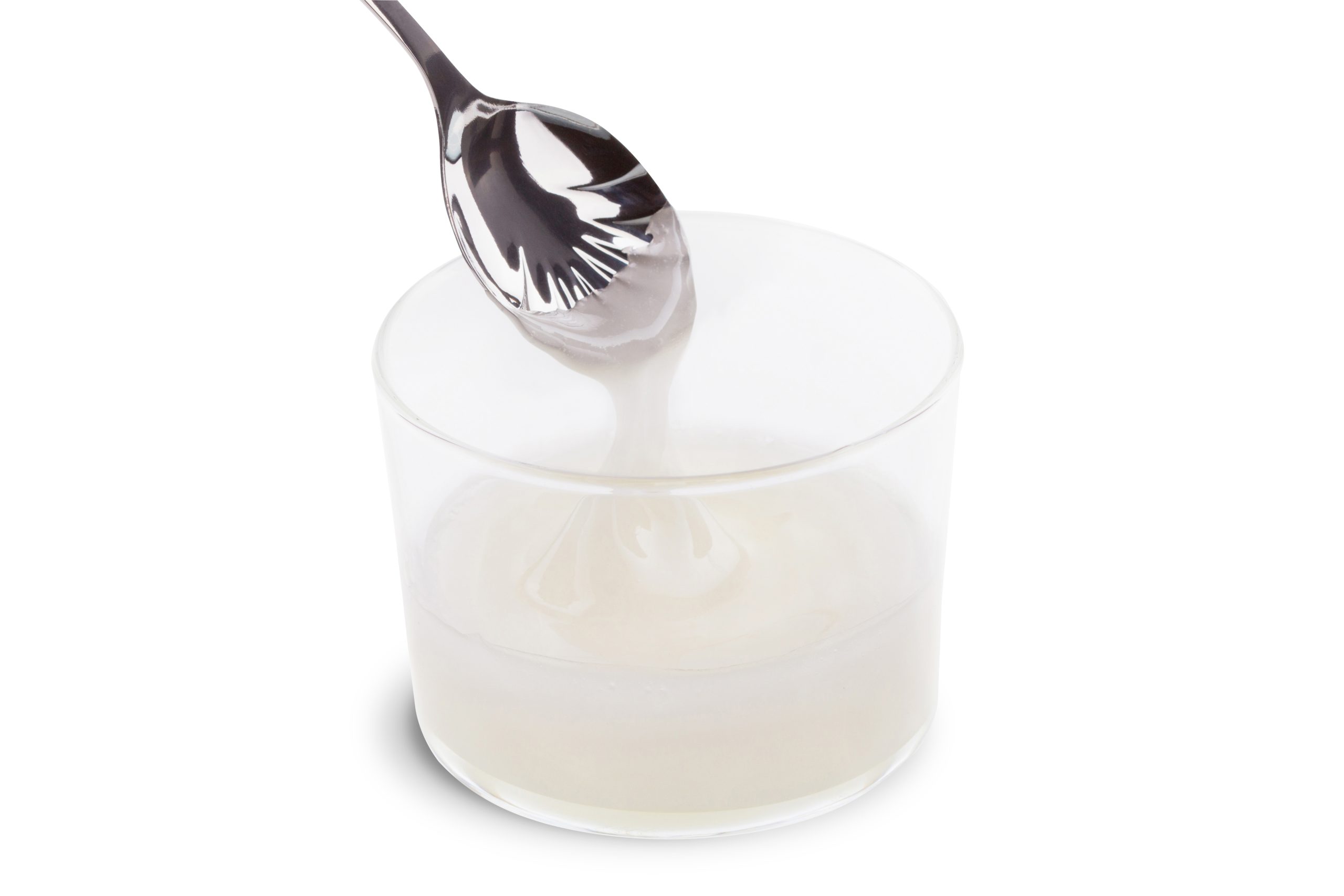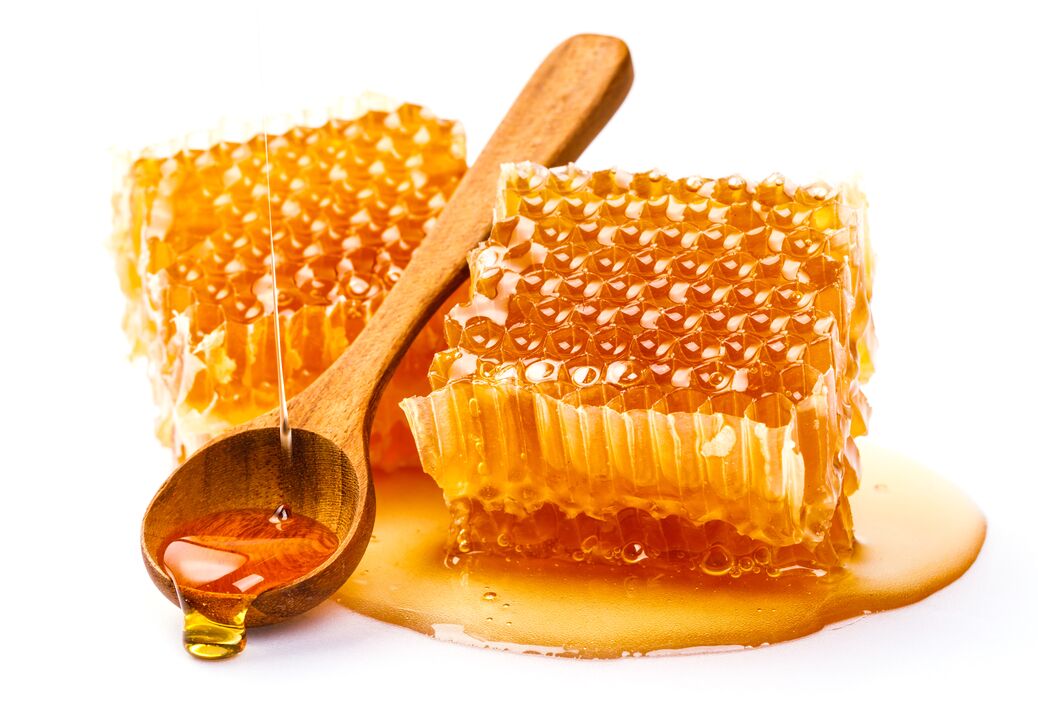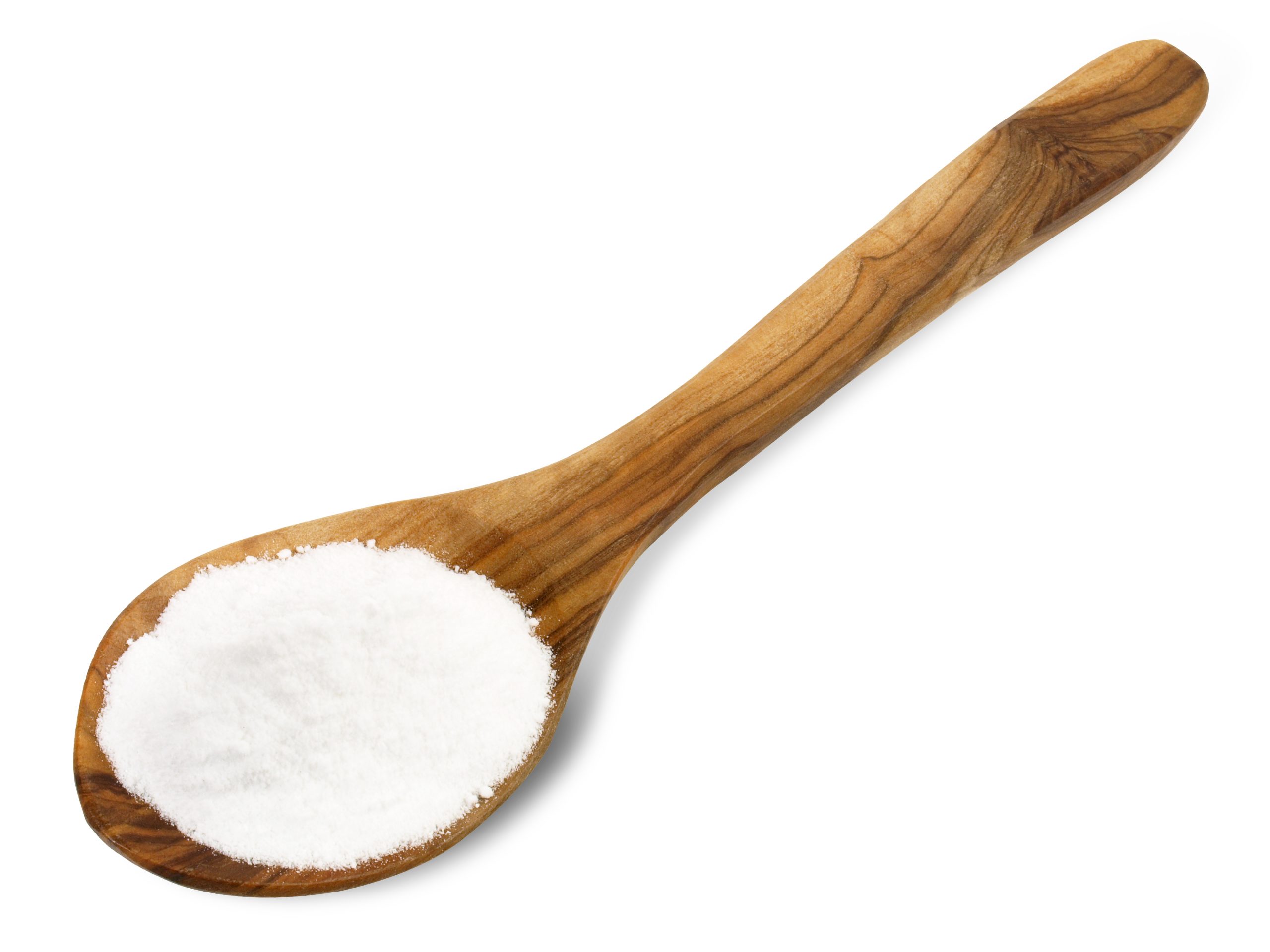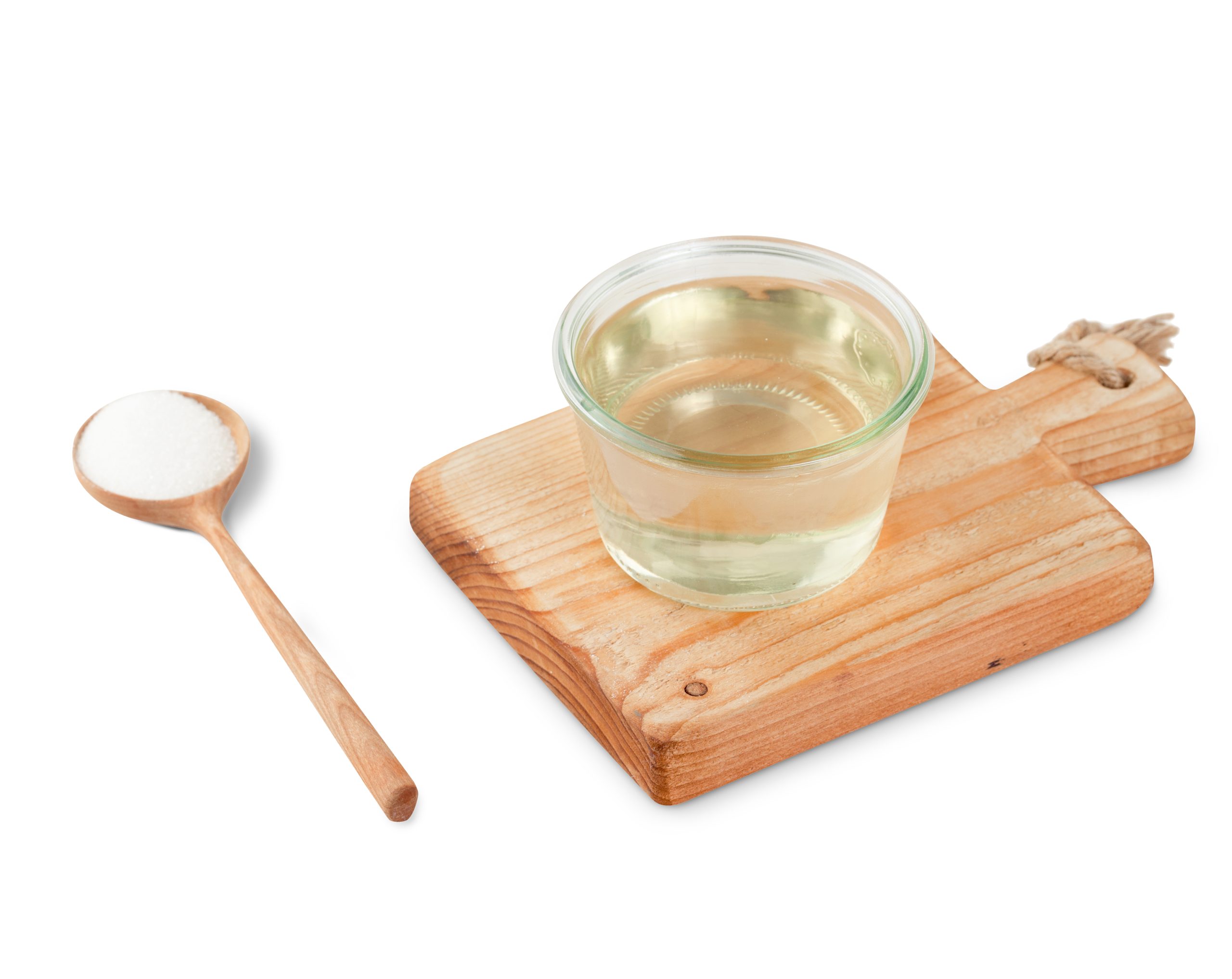For the right sugar composition
The use of different kinds of sugars in food products is based on their sensory, chemical, physical and physiological properties. In the field of specialty sugars, the sweetness, solubility and water binding capacity are the most important factors for generating specific characteristics in the final product.
For example, crystallisation as well as drying processes in confections can be prevented by the enzymatic hydrolysis of sucrose, thus significantly extending the softness of liquid fillings during product shelf life.
We can help you get the desired sugar composition with individual consulting and technical expertise. SternEnzym specialises in the following enzyme systems for specialty sugars.
Sweetase
For the enzymatic inversion of sucrose.
Sternzym FOS
For the production of prebiotic fructooligosaccharides.
The physicochemical properties of different sugars are surprisingly varied and can be used to create very specific characteristics in food products. Even just splitting sucrose into its single components results in new sensory and technological properties. Due to the high specificity of enzymes, the enzymatic production of certain kinds of sugars is very efficient, selective and free of side-effects.
Dr. Karin Abraham, Head of R&D
Have a project? Call us Now!

Sweetase for the inversion of sucrose
The inversion of sucrose to glucose and fructose results in sensory and technological benefits in many food products. For example, invert sugar syrup has a higher sweetening power than pure glucose or sucrose syrups and also reveals a mildly fruity flavour. Its reduced tendency to crystallisation and drying also prevents grainy mouthfeel during product shelf life. The avoidance of undesirable by-products is a special advantage of enzymatic inversion.
Sweetase for the inversion of sucrose
Harvesting honey deprives bees of their natural winter food store. So that they can survive the winter, beekeepers give them an artificial honey with a certain sugar composition. Ideally, this will have undergone controlled sucrose inversion, have a neutral colour and be free of undesirable by-products. Here again, the use of invertase is an effective way to produce bee food with these ideal properties.


Enzymes for the production of fructooligosaccharides
The use of prebiotics in food products of all kinds to upgrade their nutritional value is enjoying increasing popularity. Enzymes are indispensable aids in the production of prebiotic fructooligosaccharides, or FOS for short. For example, the fructose polysaccharide inulin can be broken down into short-chain FOS with inulinases. Fructosyltransferases, on the other hand, enable the production of FOS from sucrose, using a combination of hydrolytic and transferring enzyme activity.
Enzymes for breaking down starch
Nowadays, the efficient and controllable break-down of plant starch is performed almost exclusively with help of enzymes. Depending on the degree of decomposition of the starch, this results in syrups with varying sensory and technological properties. The use of α-amylases results in a mix of the disaccharide maltose and various oligosaccharides, known as maltodextrin. The addition of glucoamylases enables further saccharification down to the individual starch building blocks, the glucose monomers.


+49 4102 202-002
SternEnzym GmbH & Co. KG
Kurt-Fischer-Straße 55
22926 Ahrensburg, Germany
Legal
Career